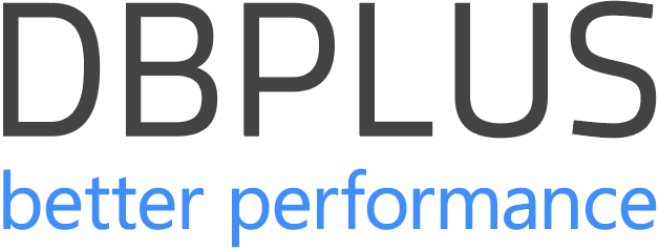In April 2024, we published another version of the Performance Monitor for Oracle, Microsoft SQL Server, PostgreSQL, and SAP Hana databases.
Changes added in Release 2024.1 include:
- Authentication using Azure AD
- Improved login process
- Version store monitoring
- Enhanced Anomaly Monitor reporting
Until now, authentication in DBPLUS PERFORMANCE MONITOR could only be conducted using Windows Active Directory. However, after hearing your requests, we have integrated Azure Active Directory (Azure AD) into our set of authentication methods, allowing for even greater flexibility.
What does this mean? From now on, you can choose between authentication via Windows Active Directory, Azure AD, or a combination of both methods. An option for no authentication, allowing access to the application for any user, remains available as well.
The change also affects the way users log in to the DBPLUS PERFORMANCE MONITOR application. We have added a new login page and improved the logic associated with user authentication.
The effects of transferring user authentication into the application include an improved process for tracking user logins (Audit Log functionality) and enhanced ‚Timeout‘ functionality that activates after detecting user inactivity.
Another reason for implementing this change was a problem reported by users of the Firefox browser, which manifested as slower application performance. The change we implemented resolves this issue.
2. Monitoring the Occupancy of Version Store in TempDBThe latest update of the DBPLUS PERFORMANCE MONITOR introduces additional monitoring features for the Version Store area in TempDB, providing users with more detailed data on one of the key components of the SQL Server environment.
The Version Store is a crucial component for SQL Server instances utilizing the Isolation Snapshot mechanism. It is the location where previous versions of rows are stored during transactions – essential for maintaining data integrity.
A new feature in DBPLUS PERFORMANCE MONITOR is the ability to track in detail the occupancy of Version Store (divided by specific databases) and access information about sessions with open transactions, which are one of the causes of space occupancy in the SQL instance.
Improving the monitoring of the Version Store area allows for more precise analysis of the increase in TempDB space occupancy in the monitored instance. Additionally, we have implemented a feature to monitor sessions with open transactions, as open transactions are one of the main reasons for increased Version Store area occupancy.
3. Enhanced Anomaly Monitor ReportingIn the new version, the mechanism for generating reports has been improved. The speed of generation, configuration possibilities, and the content of the Anomaly report have been enhanced.
In the new version, users have new parameters at their disposal that allow for more intuitive management of report content. As a result, they can now better control which data should be included in the final document. Before starting the report generation, it is possible to determine which of the detected anomalies should be considered critical, as well as set the level of detail and specify the number of queries related to the problem to be included in the report.
4. Access to UpdatesDBPLUS software is updated at least four times a year. License holders and maintenance service subscribers are guaranteed access to these updates without additional charges. Each subsequent version not only enriches the software with new functionalities but also increases the speed and fluidity of the application’s performance. The new features are carefully selected to maximally support users in their daily work, offering modern tools and enhancements that respond to current needs and challenges in data management.
Detailed specification of changes in version 2024.1:
|
User documentation describes all features available in the software in an easy-to-understand manner |



